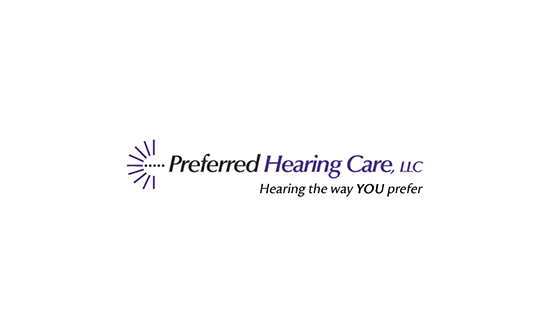The eardrum is necessary for hearing because it senses sound waves and communicates the vibrations to the brain, but in addition it acts as a barrier to seal off the inner ear and keep it clear of infection. Your inner ear is basically a safe, sterile environment when your eardrum is undamaged, but if it is perforated or torn, bacteria can get in, and can result in major infections.
The terms ruptured eardrum and perforated eardrum mean the same thing. They each reference a problem whose medical name is a tympanic membrane perforation in which there is a puncture or tear in the thin membrane we know as the ear drum. There are numerous ways that an eardrum can become ruptured, the commonest of which is as a result of an ear infection where the resulting buildup of fluid presses up against the eardrum until it tears. The eardrum can also be punctured as the result of inserting objects into your ear, such as cotton swabs or other products utilized in an ill-informed attempt to remove ear wax on your own. Another frequent cause is barotrauma – the circumstance that happens when the barometric pressure outside the ear is very different from the pressure inside the ear – which may happen in scuba diving and in airplanes. Eardrums can also become perforated due to acoustic trauma or head injuries such as explosions.
Indications of punctured eardrums include:
- Pain in the ear
- Hearing loss in the affected ear
- Dizziness or vertigo
- Fluid draining from the ear
If you encounter any of these symptoms, see a specialist, because if the eardrum is ruptured, timely and correct treatment is important to prevent hearing damage and infection. Untreated, a punctured eardrum can result in middle and inner ear infections, middle ear cysts (cholesteatoma), and permanent hearing loss.
Ruptured eardrums are diagnosed in a health care provider’s office using a tool called an otoscope, which has an internal light which allows the specialist to view the eardrum clearly. Punctured eardrums generally heal by themselves in 2 to 3 months. During this time, your healthcare provider will probably counsel you to avoid diving and swimming and to refrain from blowing your nose as much as possible. You should also avoid any extraneous medications. If the hole is sizeable or is located near one of its edges, the doctor may insert a temporary patch or dam to prevent infection; in rare cases, surgical treatment may be required.
Pain from a perforated eardrum is typically managed with over-the-counter (OTC) pain killers such as aspirin or acetaminophen. The key precautions you can adopt to avoid this condition are to 1) avoid inserting any objects into your ear canal, even for cleaning, and 2) take care of ear infections promptly by visiting a doctor.
